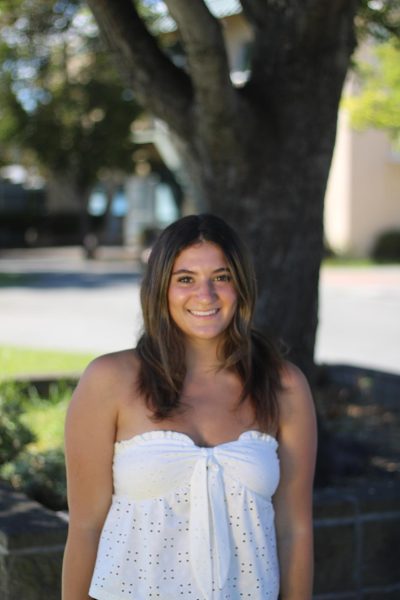“Currently, the white community has most of the power. It’s going to take them to help push change forward, especially here in Marin and in general,” said Paul Austin, CEO of Play Marin and local racial justice advocate.
Austin and his family made renovations to their home in 2020 and became victims of appraisal discrimination. When they got their first appraisal back, it was below a million dollars. However, with a white friend standing in as the homeowner, it appraised for almost $500,000 more.
This event of racial injustice in Marin County occurred almost three years ago. Since then, the Austins have made national headlines, as well as been the focus of the documentary film “Lowballed.”

“We were upset, we were hurt and we felt disregarded as humans for the amount of work that we’ve put in to try and make this American dream come true,” Austin said. “It’s the historic impact. It was another one of those things that reminded me that I’m still Black in America.”
Even though the Austins went through their appraisal bias years ago, prejudice and casual racism in Marin County are still present.
This past month, the Tamalpais Union High School District (TUHSD) board created an anti-racism curriculum to be taught during school, rolling out “stop-and-learn” lessons at each site. During the Tamalpais High School (Tam) stop-and-learn, Austin was welcomed into the school to give support to students who experienced alienation and discomfort due to their race.
“I went to Tam to take up space when they did the stop-and-learn to create a [platformfor Black students to just be,” Austin said. “It was more for [the students] to be able to vocalize how they were feeling. And also to help think about how they can have more of a presence on campus.”
Logan Raven, a senior student at Tam and co-president of their Black Student Union was called into the room with Austin.

“We had a discussion on how we felt and what actions we wanted to take,” Raven said. “I actually never saw the stop-and-learn. I’m pretty sure almost all the kids of color at Tam did not see [it] because we were told to go to [a different] room. I thought it was weird, because it felt segregated.”
Although Raven was interested in the lesson plan for the [stop-and-learn], he enjoyed having Austin as an outside resource.
“I really like Paul. He has good intentions and a kind heart. And he went to Tam, so he’s experienced racism,” Raven said.
Black students were invited to opt into this adjacent lesson with Austin, focusing on their experiences at Tam.
“Once something happens, it is easy to do damage control. Historically, we know these situations are always there right below the surface just bubbling. And it’s bound to come out at some point in time,” Austin said.
Austin reflected on his own high school memories as a Black student in Marin.
“I graduated from Tam in 1994. The cycle is still somewhat similar. I always wish that kids wouldn’t have to deal with certain situations that I dealt with 30 years ago,” Austin said. “I feel privileged that the kids trust me enough to be there for them.”

As for TUHSD action, Austin has some suggestions for dealing with difficult discussions around race.
“It would be great if the schools did front work, especially at the beginning, to set the tone and expectations for the rest of the year. It is important to have these heavy conversations early because then, hopefully, young people can start calling each other out,” Austin said. “There is still so much work that needs to be done. So much repair needs to be happening. And part of it is being able to have these conversations.”




!["I knew I wanted to be a writer. I wasn't a good student [at Redwood], but I wanted to be a writer, and I wanted to paint. I'm self-taught in all of it, which gave me an original voice," Paige Peterson said. (Photo courtesy of Paige Peterson’s website).](https://redwoodbark.org/wp-content/uploads/2025/02/ppeterson.png)


